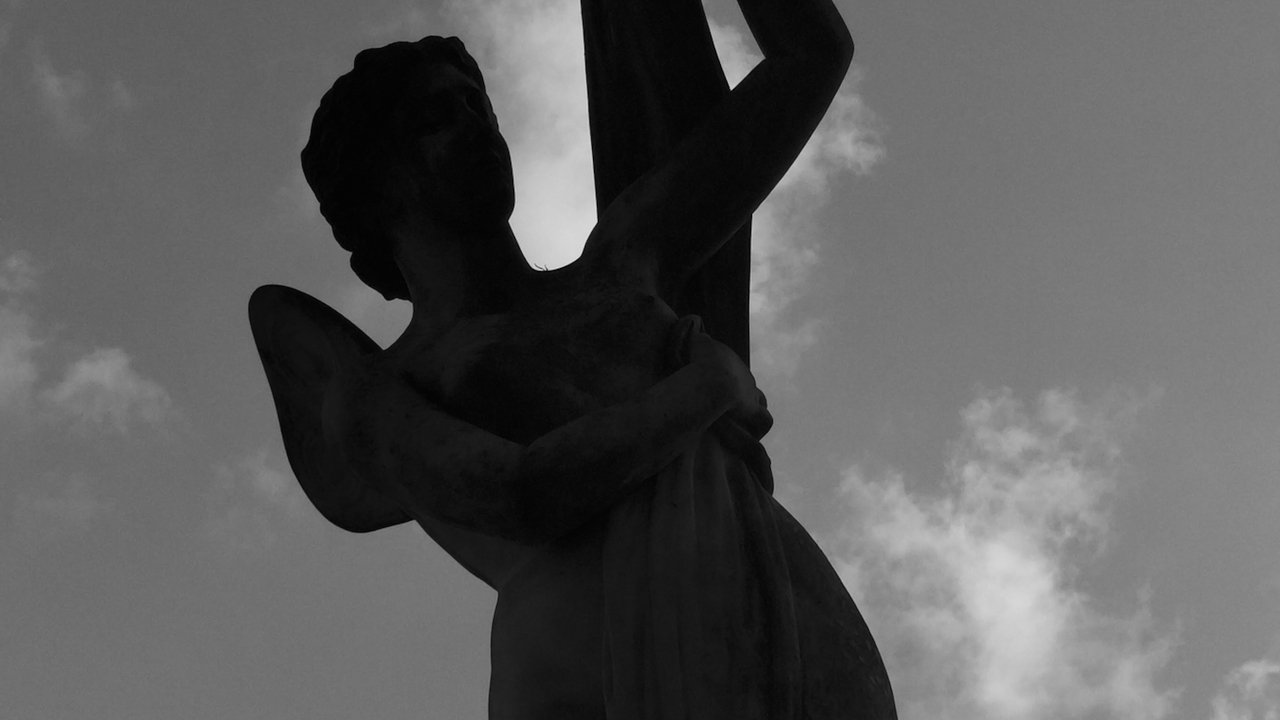Hostage to the Artist
You’re the prisoner: the artist decided long ago how you’ll be dragged through the work.
Rome 2016
There are many reasons to visit the Museum of Modern Art in New York and take a sentry position in front of Les Demoiselles d’Avignon, but writers might want to linger on just one.
Take a long look at the painting and—while you’re still absorbing the canvas—attempt to notice how you look at the painting. This is an exercise in concentration, detachment, introspection, in noticing how you notice. Rather than an external exercise of observation, where you’re merely viewing the painting, the goal is to watch yourself watching the painting.
How does your eye float around the canvas? What do you see when you first enter the room? After some time has passed, where does your attention drift? What shapes grab the spotlight? Do the contours pull you inward? What colors jump outward?
You might sense how only individual slices of the painting emerge. At first, it seems that the painting doesn’t arise as a unified whole. You see, instead, one spot and then your attention drifts to another spot, until the entire canvas bubbles into your consciousness fragment by fragment.
I don’t know how many times I’ve seen Les Demoiselles d’Avignon, but every visit does have common sensations, and I always notice how the composition itself instructs me on how I should view the canvas. At times, I sense that my hand is being held, and I’m led around the canvas, from one sweeping figure to another; on other visits, I’ve had the feeling of being pushed, shoved, even thrown across a surface of sharp angles and bold colors, a hostage to the brushstrokes.
The best artists—regardless of discipline—impart the tools of navigation within their work. They take care in preparing how a piece is seen. With canvases, you don’t look around freely, your eye is a prisoner—the artist decided long ago how you’ll be dragged from one element to the next. Nothing is incidental: there’s a symbiotic relationship between the composition and the subject.
For writers, the stress lands on sequencing. It’s easy to forget that paragraphs contain not one but two major elements: beyond a decision on what’s included, you must also decide the chronology. If you describe a room, do you mention that the walls are blue first, or do you begin by describing the thickness of the rug? Should you wait until later to convey the scalding, stifling temperature inside the room, or should that, alternatively, have come first? How do you answer those questions? To even come close, the writer must recognize the link between the details of a paragraph and the order in which those details are placed.




